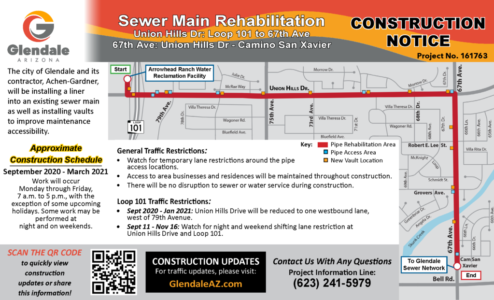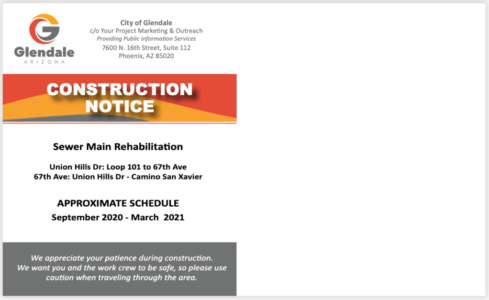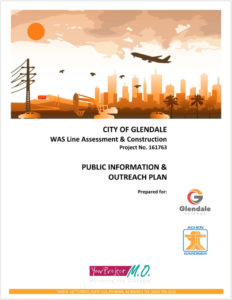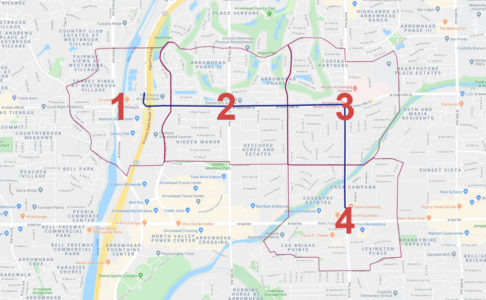PROJECTS
Wastewater, Water, Transportation, Educational, Marketing, Private, and Landscape Projects
WAS LINE ASSESSMENT AND CONSTRUCTION WASTEWATER
INSTALLATION | WASTE-ACTIVATED SLUDGE | SEWER | COVID-19
PROJECT OVERVIEW
The Waste Activated Sludge (WAS) line rehabilitation was one of the first projects planned for and executed during the COVID-19 pandemic. YPMO was already implementing new technologies and techniques for robust and effective outreach strategies that minimized in-person contact. The team had the opportunity to test those techniques on this project from start to finish.
Outreach was successfully conducted by phone and electronically with only a few instances where in-person outreach was required to meet a key stakeholder. When in-person outreach was required, YPMO met with business owners and residents while maintaining strict adherence to CDC guidelines, including the use of masks, hand sanitizer, and social distanced a minimum of six-feet.
YPMO distributed 1,000 construction notices to residences, as well as a construction update, to inform the public of construction progress. All notices included a QR code that allowed recipients to quickly access update and traffic information from their smartphones. For businesses and residences most directly impacted by traffic restrictions, YPMO conducted phone-based outreach. The team gathered email addresses from key stakeholders and utilized regular e-blasts to update them on construction progress, helping them stay informed and prepared as traffic restrictions changed during construction.
While the circumstances of the COVID-19 pandemic were anything but ideal for public outreach, YPMO put the creativity of its staff to work to overcome pandemic related limitations with technology. This effort and innovation allowed us to ensure the public was well informed on the WAS line rehabilitation project and gave stakeholders attentive communication they have come to expect from the City of Glendale.
OWNER
City of Glendale
PROJECT LOCATION
Glendale, AZ
SERVICES
-Project Hotline
-Construction Notices
-Business Outreach
-Email Updates
-PI Coordination
-Meeting Minutes
PROJECT TEAM
-Achen-Gardner
-GHD
DESIGN
N/A
CONSTRUCTION
N/A




